Batping CCTV, this is the real China's top flow!
Author:One Time:2022.06.26
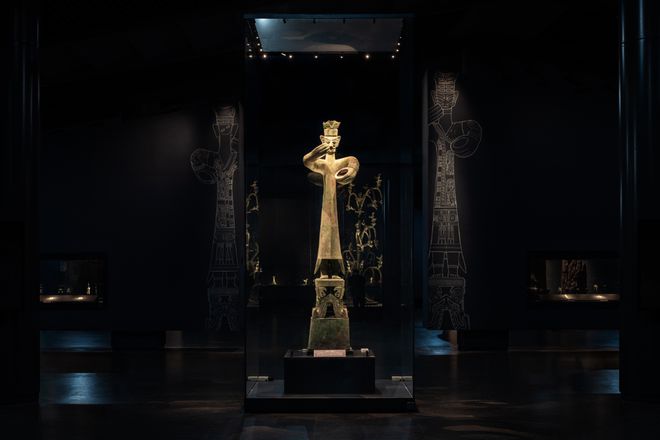
"Sanxingdui is new again!"
This year's relatively silent cultural expo circle ushered in a long -lost hot search.
On June 13th, CCTV News live broadcast three -hour live broadcast
The release of the results of the archeological excavation of the Sanxingdui site,
Subsequent three days,
Launched the third season of "New Discovery of Sanxingdui",
Directly hit the archeological greenhouse, protect the repair and restoration laboratory scene,
Over 10 million viewers watch.
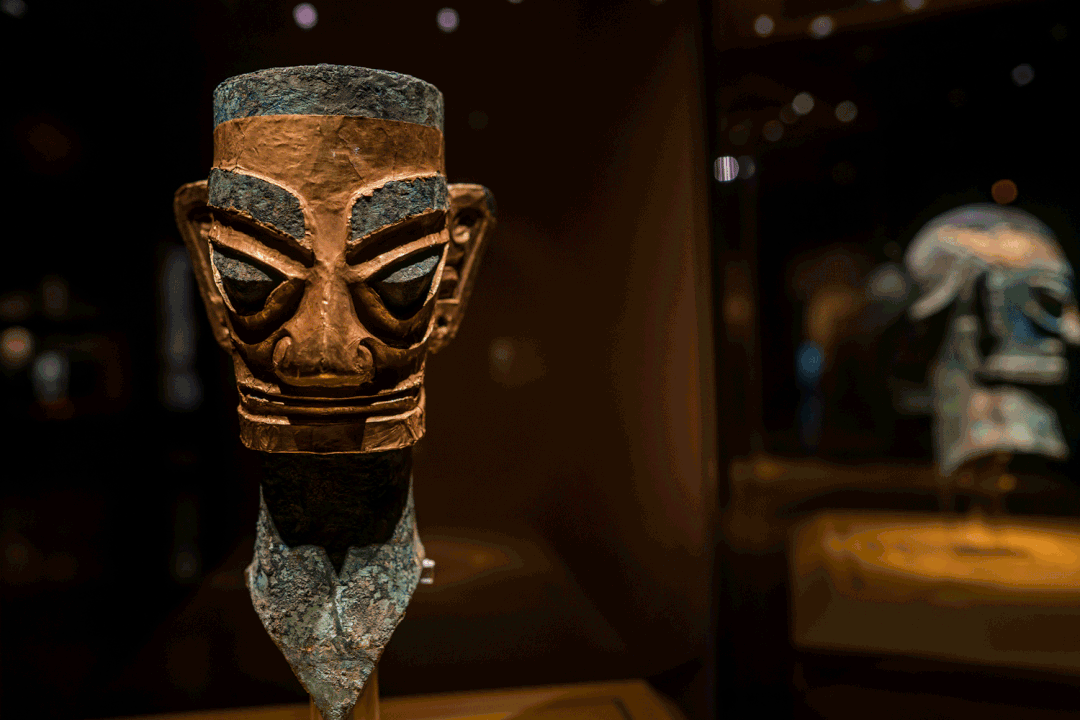
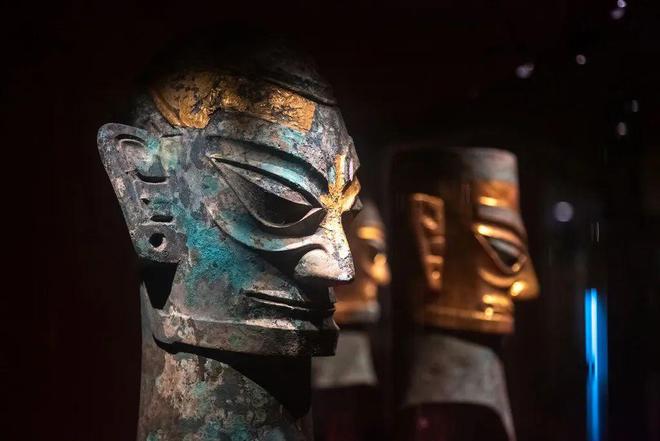
▲
Cultural relics of Sanxingdui Museum Exhibition Hall
Sanxingdui excavated in 2020,
It was included in the "Archeological China" major project,
To date a total of more than 13,000 utensils,
Sanxingdui is the absolute top flow in the Chinese Bo Dynasty.
The newly unearthed bronze altar, turtle back -shaped grid,
Ding Zunxing, Irritas, Platinum Portrait,
Make the audience surprised,
Even archeologists lamented:
"I dug one thousandths",
"Farly exceeds our existing cognition of Sanxingdui civilization."

▲
Xu Feihong's excavation site at Sanxingdui
Participate in the excavation of this Sanxingdui site
There are about 200 people in the protection of cultural relics,
Among them, more than 150 people are post -90s.
An interview with Xu Feihong, one of the young archaeologists,
He is the person in charge
It is also a doctor of archeology at Peking University,
Teacher of the School of Cultural Heritage and Information Management of Shanghai University, Teacher,
In November 2020,
He and Shanghai University team head to Guanghan, Sichuan,
Participate in this round of Sanxingdui excavation.
We asked him to explain the latest discovery,
And personal experience at the archeological scene.
Self -report: Xu Feihong
Edit: Ye Li
Responsible editor: Chen Ziwen
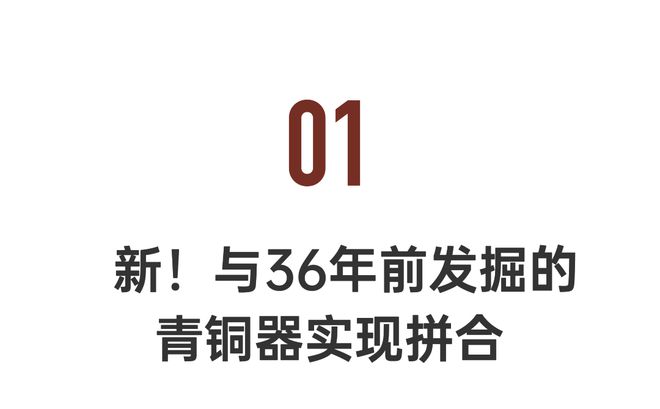


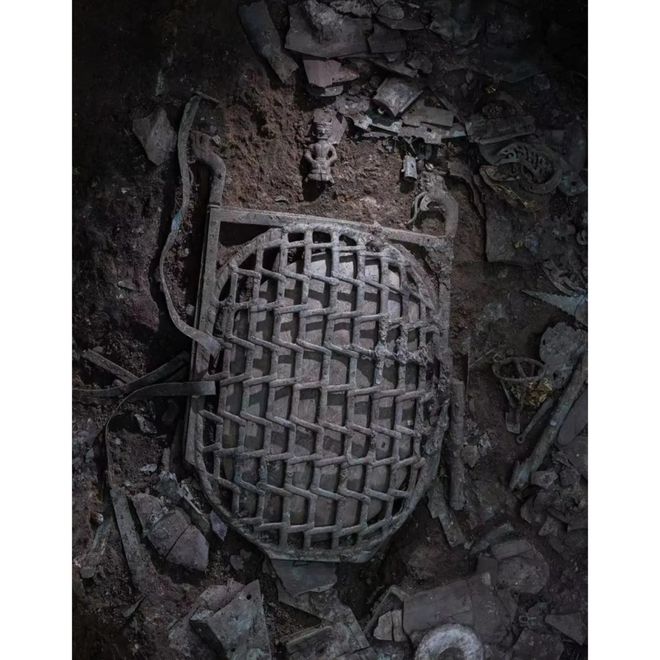
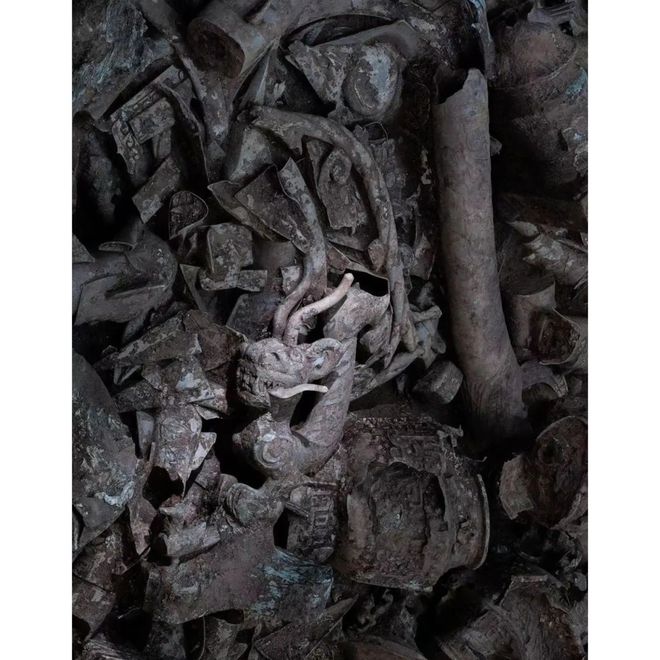
▲
(Slider view more)
Samsung Dou No. 7 and 8 sacrifice pit newly unearthed
Picture source: Sanxingdui Museum
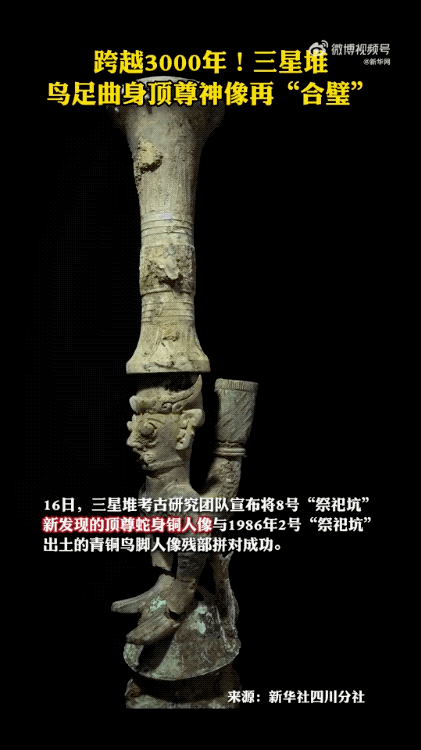
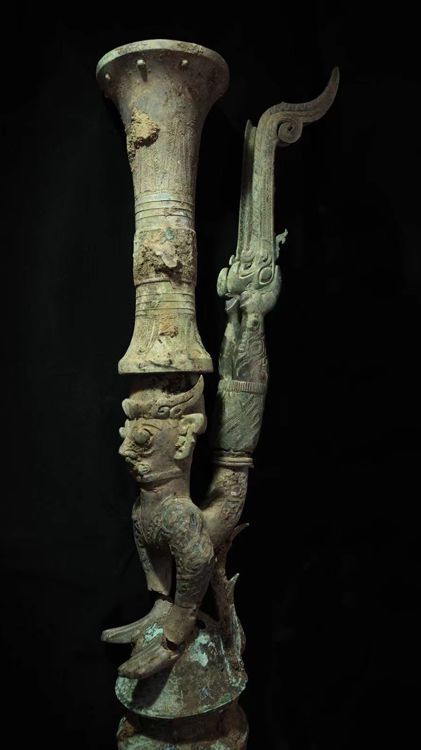
▲
Dingzun is flexed and inverted copper portrait, and fights with the bird's foot portrait
Picture source: Xinhua News Agency
Let's talk about the new discovery first. During the live broadcast on June 16, at the repair laboratory site, the newly unearthed Tongzunbin portrait unearthed from Sanxingdui No. 8 pit was combined with the bird's foot portrait unearthed from the 2nd pit in 1986.
There is a comment that "the cultural relics more than thirty years ago have been taken off '."
Different parts of a bronze appear in different sacrifice pits. This discovery is very important. It proves that the eighth pit and No. 2 pit are proven. These two pits are likely to be buried at the same time more than 3,000 years ago.
Furthermore, the top of the top of the eighth pits bending the inverted bronze portrait, the 觚 part should have a lid, we suspect that it may come from No. 3 Pit; while the bronze altar unearthed from No. 8, it may have some components that may fall on the No. 7 pit In this way, we can connect the four pits of the two, three, seventh, and 8th pit to see: they may all come from the same period.
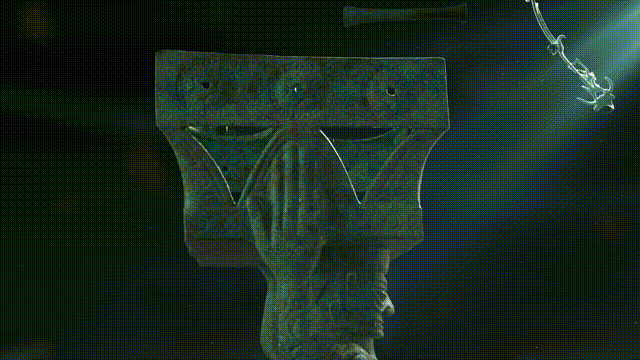
▲
Sanxingdui cultural relic stitching diagram
Picture source: "See Samsung Dou"
Maybe the audience feels strange when watching it. It is concerned that bronze can also be spliced like this. Is there more components to fight? Native
For us, if you think about the sacrifice pit of Sanxingdui as a whole, you must point to a particularly important question: What is the purpose of these pits of Sanxingdui?
It can be considered as a preliminary reason that the ancient Shu people were due to a special reason, it may be religious rituals or special events. They dug at least 4 pits, and they were the most important and precious for their civilization for their civilization. The utensils were buried in.
In other words, this disassembly and buried movement is one -time, rather than some previous views that several sacrifice pits represent a periodic sacrifice activity.
As for the follow -up, is the motivation to bury a conventional sacrifice or other unconventional activities? Many remain to be discussed.
But this new discovery has excites us and provides important clues to subsequent research.


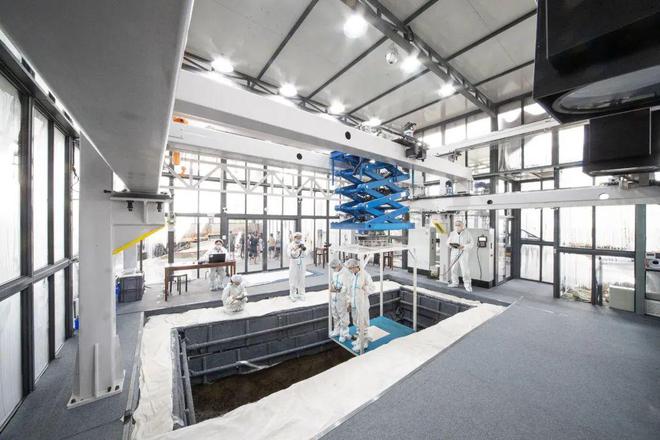
▲
Discover the work photos of the three pits of Sanxingdui
Xu Feihong's picture
Our daily work is very regular. Arrive at the glass cabin at 9 am and work seven or eight hours a day.
The archeological work is like this. It seems that the excavation work is very easy, but it is actually a trivial job.
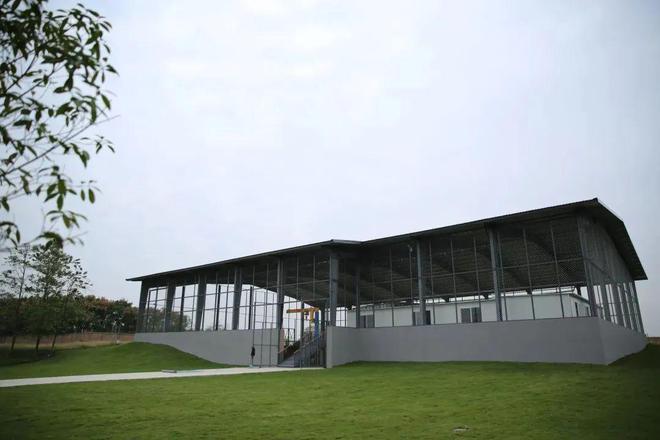
▲
Upper: Temporary protection greenhouse built at the archeological site
Below: Protect the excavation cabin in the greenhouse
In Sanxingdui, the conditions of work are much better than usual. Excavated in the glass cabin, we all wore protective clothes in, and it was very different from the outdoor and construction sites on the outdoor and construction site.
There are also many new equipment, new technologies, to adapt and learn, and have many new experiences.
For example, the Sichuan Provincial Institute of Archeology and Cultural Relics has designed a set of excavation working methods for Sanxingdui sacrifice pits. We are also on -site learning, including the method of excavation and recording.
In the final analysis, this is still the archeological excavation of the field, which is the same as other archeological work. It's just that in Sanxingdui, it is indeed a little more new, which makes people more exciting.
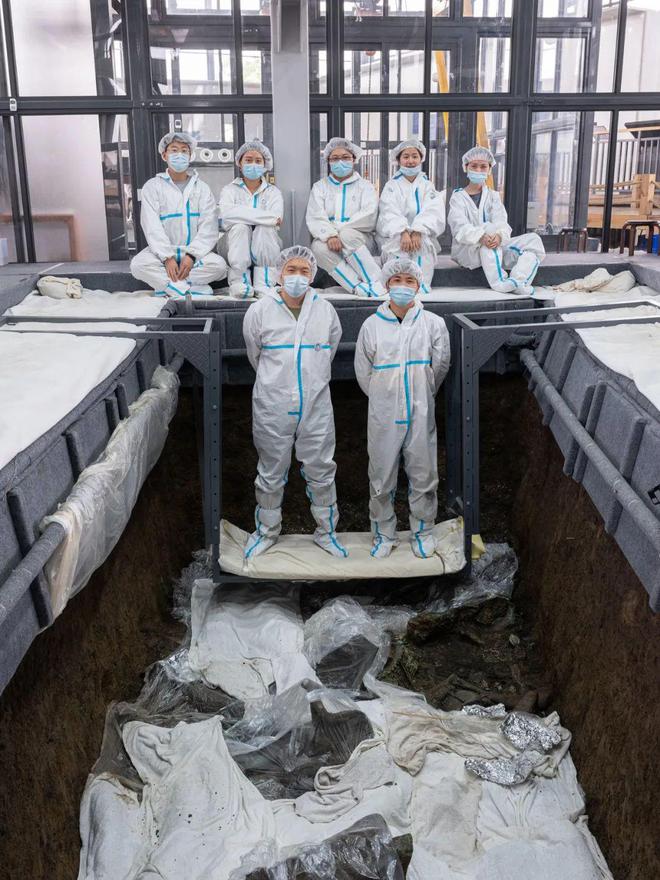
▲
Discover the work photos of the three pits of Sanxingdui
The first left of the front row is Xu Feihong (Photo Supply)
In Sanxingdui, archaeologists participating in the scene excavated are indeed young.
A total of three universities involved in the excavation were three. The No. 3 pit was together with the Shanghai University and the Sichuan Provincial Institute of Archeology and Cultural Relics. Many of you know each other, and they are all predecessors of archeological majors.
The excavation team of our No. 3 pit is 4 to 5 people in the resident site. The teacher is one of me, and there are 4 graduate students from Shanghai University, which is very young. In addition to the pit, there are record data, photography, responsible for overall surveying and mapping, and so on. ▲

Clean up the big mask in the nasal cavity of the sea shellfish
Photography: Yu Jia (source: National Cultural Relics Bureau)
Everyone is very professional when they work, and they are funny after work.
The team recorded group and photographer smoothly painted the sheep to the clothes, because the beast head unearthed from the No. 3 pit was the shape of the big corner sheep.
Two young people in the surveying and mapping group, they have to rotate multiple pits, but the station is settled in us, and cooperates with each other very well, and has become one of us.
▲
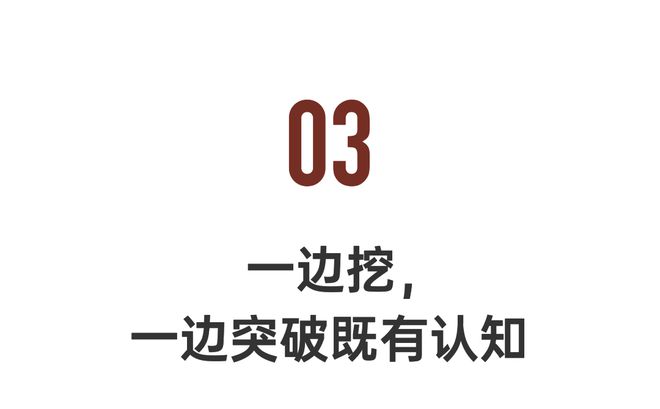

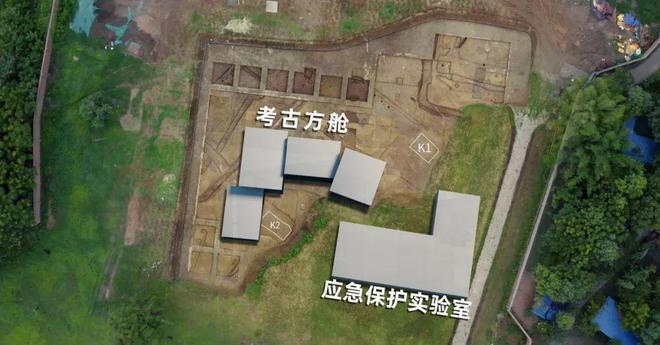
Samsung Douye sacrifice pit overlooking
Equipped with an emergency protection laboratory at the archeological site, is the first case in my country
Picture source: Sichuan Radio and Television Newspaper Weibo
The earliest excavation of Sanxingdui was in 1986, which was excavated at the time.
At the end of 2019, near No. 1 and 2 pits, the three to eight pits were successively positioned, and in 2020, the excavation of these 6 pits was restarted. Two and a half years passed, and the excavation at the scene entered the ending stage.
Even if the batch of unearthed cultural relics in 1986, as our basic awareness of Sanxingdui, this restarting excavation still broke through our cognitive framework, far exceeding our understanding of Sanxingdui civilization.
Sometimes we feel at the scene that what we found is "outrageous", and many completely beyond imagination. This is different from other archeology.
▲
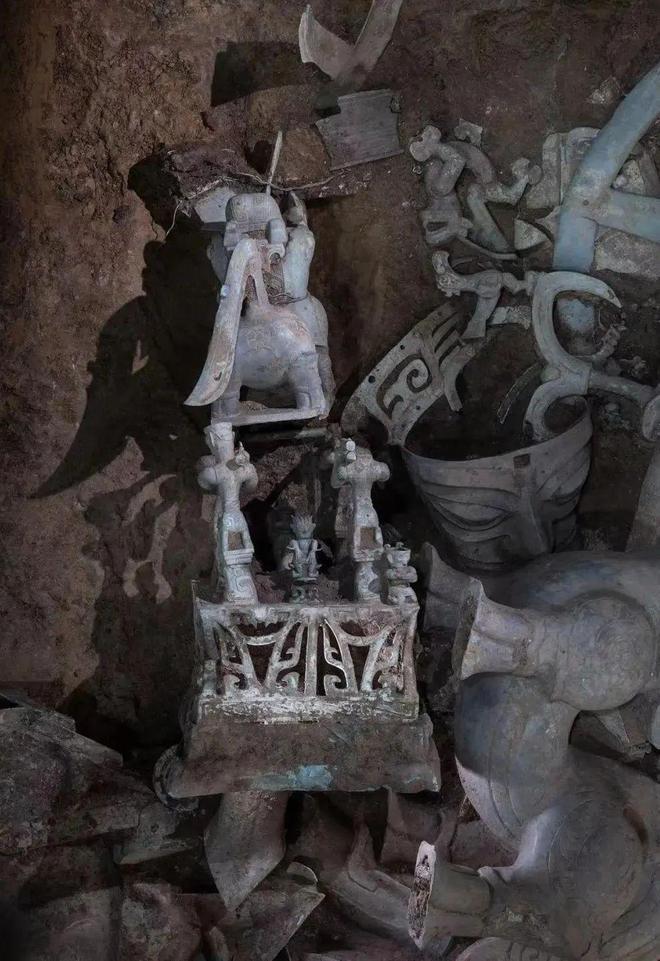
Bronze altar unearthed from No. 8
The 8th of the 8th pit unearthed a bronze altar of nearly 1 meter high, which may be the most complicated bronze utensils at the same time.
There are 13 "portraits" with different stances on the altar platform. A single element, we have seen similar ones in other pit -out bronze wares. However, I couldn't think of it in this way: some kneeling in the four corners, some sitting in the middle, and some lift the platform on the top.
Especially the portrait carrying the copper l (Lei) is the first time to discover it.
▲
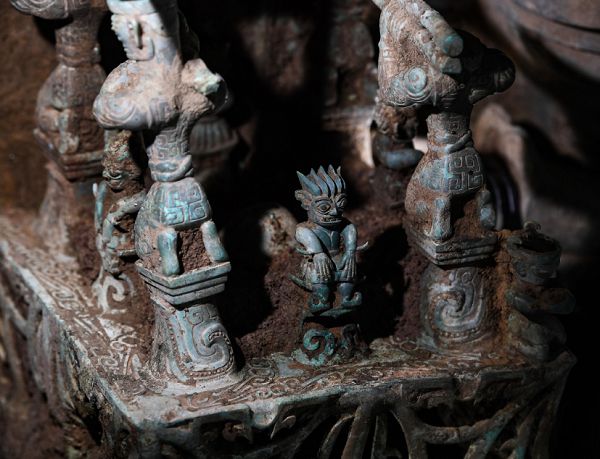
Bronze altar (partial)
▲
Explain the bronze altar in CCTV live broadcast
In the past, we can interpret the bronze god trees, and we can also use the descriptions of the Shan Hai Jing, such as "Fusang" and "Jianmu" to compare the explanation. But in the face of the complex altar of the multi -element combination, what does it express, can it find inspiration and physical evidence from the handed down literature?
Such altars should not simulate the rituals that the ancient Shu people will do, but to support the beasts in all directions to symbolically express the universe and world outlook of the people at that time.
Not only archeologists, they also need ethnicology and sociologists to join in to discuss.
▲
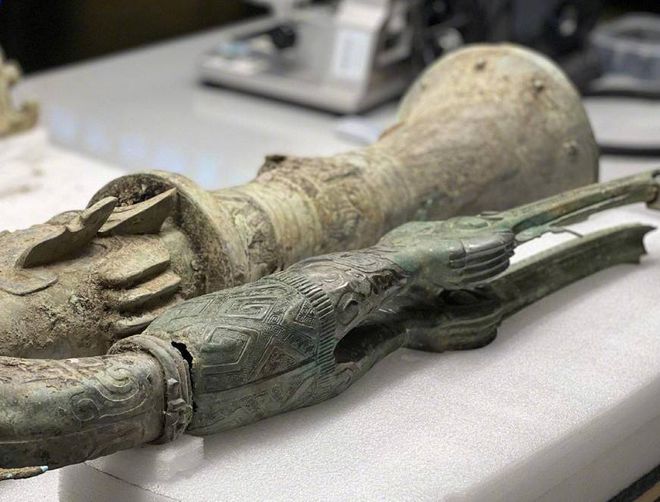

"Person Top", "People Top respect" bronze ware
"Human Top" is the tall and tall -shaped respect and shape of the portrait of the portrait. It can be considered that the ancient Shu people were changed by their understanding on the basis of the Central Plains.
In the bronze culture of the Central Plains, Zun, 罍, and 觚 are the wine vessels in etiquette. Cultural relics unearthed in Sanxingdui, similar utensils are sometimes specially matched with individual characters, and the shape of "human top" appears repeatedly.
They absorb the Central Plains bronze culture, renovate, and then interpret and interpret it. It is a localization process.
This is an example that we are not familiar with before, and it is also very interesting. It has something to do with cultural exchanges between the time, and it has to be discussed in depth.
Although bronze's technical technology is not necessarily higher than the Central Plains, the imagination and complexity reflected by these utensils is very rare in the bronze civilization of the same period.
I graduated from the Department of Archaeological Department of Peking University. I joined Shanghai University in September 2020. I was sent to Sanxingdui to participate in the excavation work in November, and I was responsible for No. 3 Pit.
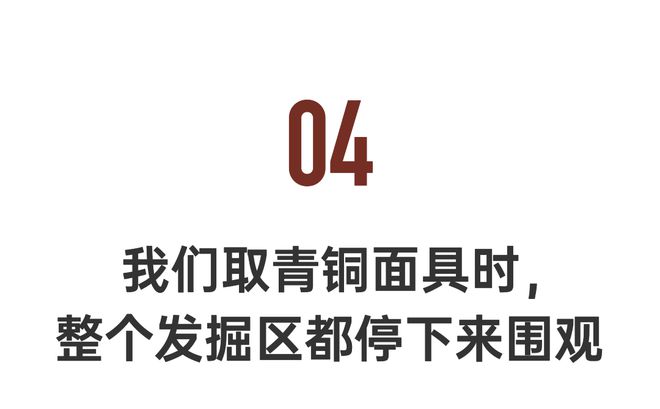
▲
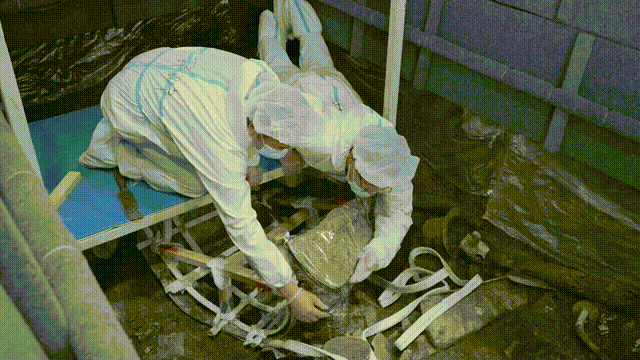
Extract bronze mask
Picture source: "See Samsung Ding" documentary
Among them, the most memorable, such as the discovery of the No. 3 pit bronze mask. It is the largest bronze found in all the pit. The ears and the ears are almost 1.35 meters, and the whole height is 74 cm.
At that time, the utensils were overlapped by nearly 10 ivory. After the relationship between ivory and mask is clear, the ivory is extracted in order, and the small utensils inside the mask are extracted, and the mask is finally extracted. The whole process lasted about a week before and after.
▲
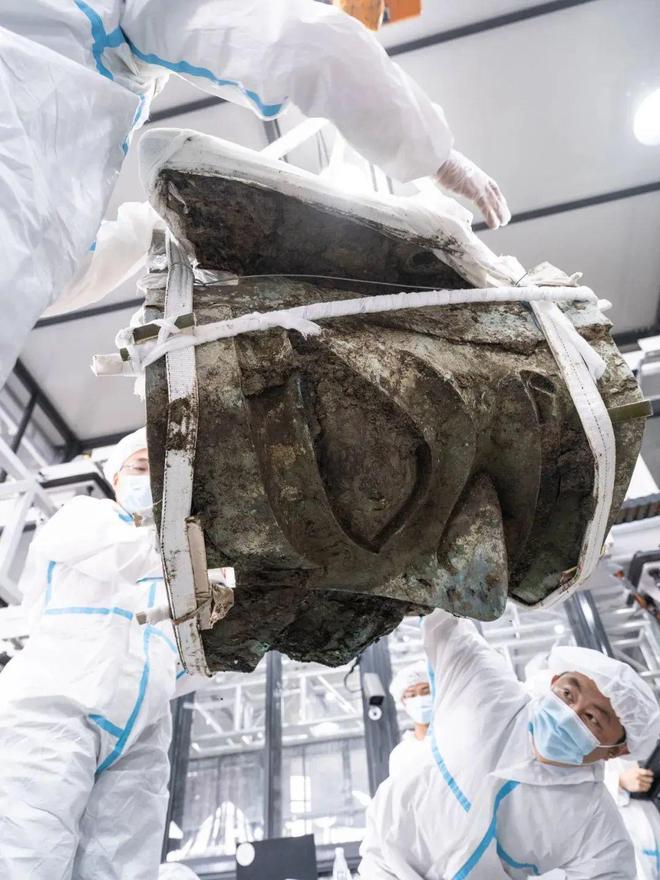
Big mask out of pits
Photography: Yu Jia (source: National Cultural Relics Bureau)
▲
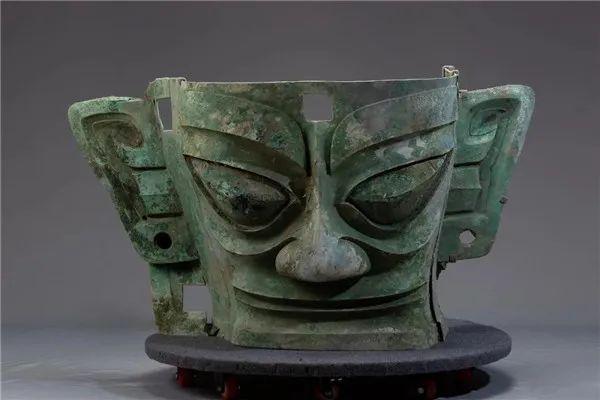
Bronze mask
Photography: Jiang Cong (source: State Cultural Relics Bureau)
When in the pit, this big mask is "face" down. It really placed it on the table and put it right. When your face is looking at it, you will find that it is very shocking. It is too It's big.
It is the only time to stop the entire excavation area and go to see us to take a big mask.
For archeologists, the excavation work is relatively simple. It can be done in a short period of time. It is more troublesome, spending time and energy. It is still behind. A large number of protection and repair work and the writing of archeological excavations reports.
If you consider high standards, the subsequent workload is quite large in the past two years.
Although the current technical means can help us improve some subsequent work efficiency, but for an analogy, archeological excavations in 1986, two pits, and formal archeological excavation reports came out 13 years later.
▲


Sanxingdui site sacrifice area distribution map
The restart of the excavation of Sanxingdui is not an urgent and passive excavation. The principles of archeology are mainly protection. The conditions for the protection of cultural relics before have not kept up. For example, how to solve the ivory, now there are solutions.
It is that after these conditions have matured, after more than 30 years, we restarted the excavation of Sanxingdui, and the Sichuan Provincial Cultural Relics Bureau made an overall decision plan.
▲
Bronze wares and gold wares in Sanxingdui sacrifice pit
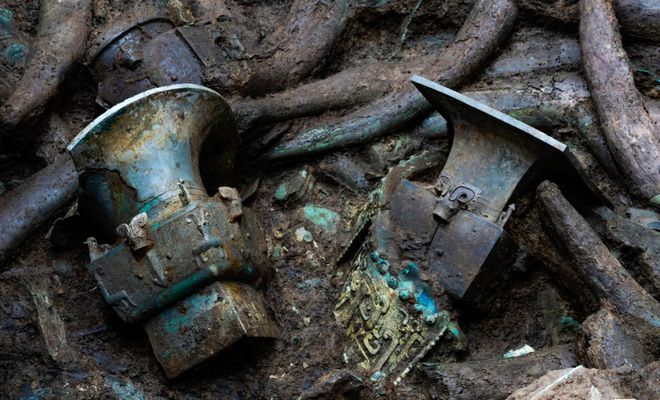
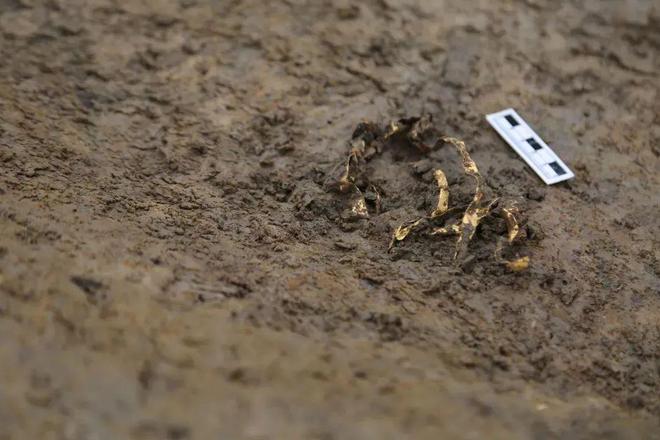
Why is Sanxingdui so important?
The archeology of Xia Shang on Wednesday was the core topic of Chinese archeology, "the original intention of Chinese archeology." The beginning of China's century -old modern archeology is the excavation of Yinxu, Henan, confirming the Shang Dynasty.
The period of Sanxingdui is positioned in the late Shang Dynasty. This is an important position in the vertical dimension of time.
The horizontal perspective is that we must fully understand the Chinese civilization from the geographical dimension. From the Central Plains to the Samsung Ding civilization in Shu, it has greatly expanded our understanding of Chinese bronze culture.
In history books, there are almost no records about Samsung Dou, only some sporadic legends. Then the restoration of the Sanxingdui civilization, the reason why it can be displayed in front of us is completely archeological work. Without archeology, we will not know that there is such a civilization existence.
▲
Cultural relics in the exhibition hall of Sanxingdui Museum


▲
New Sanxingdui Museum in the construction (renderings)
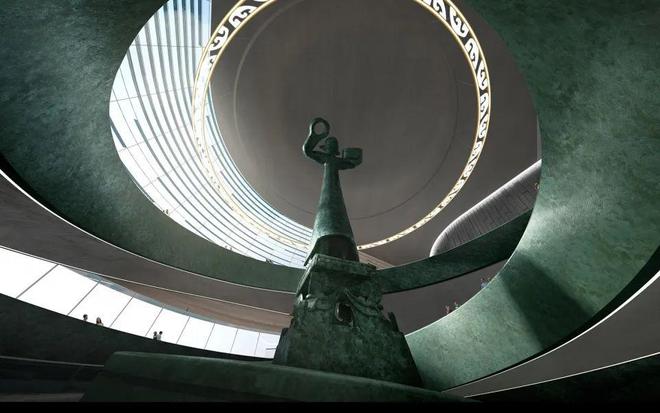
Archeology is still relatively niche.
The popularity of tomb drama and novels, the public is interested in archeology, but there are also many misunderstandings; and some people still think that Samsung Dou is a "alien civilization", and even some netizens asked if this is digging dinosaurs. This is far from our work.
This time, the restart of Sanxingdui has made our work so unprecedentedly concerned, and has become a social hotspot on the screen. On the one hand, I feel very happy. On the other hand, I am also thinking about how to let the public understand more. What exactly is working.
How archeologists handle the relationship with the public and the media, I want to be in the exploration stage, and it is worthy of experience and reflection.
Part of the picture source network
- END -
Buy the "healing" collection, you choose online or offline
Reporter Jian GongboThe owner APP, which is mainly used by various handicrafts, has opened the spring auction of 2022 a few days ago. Continuous auctions that last until June 24 will bring more than 5
Qinling's supine figurines, new discoveries!
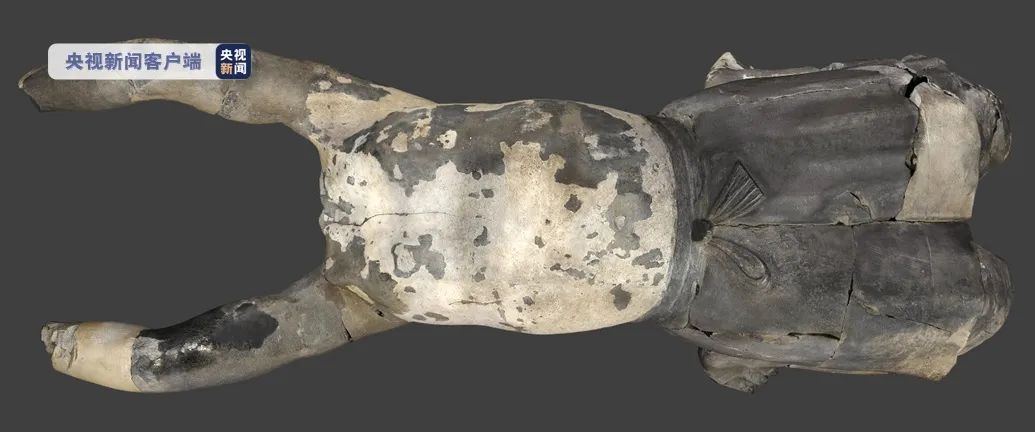
Emperor Qin Shi Mausoleum K9901 The latest research results unearthed by the funer...